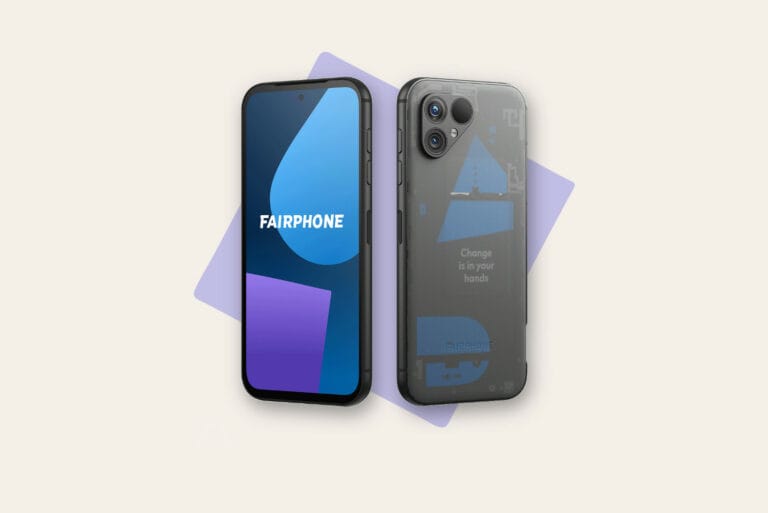While other hardware manufacturers make claims of sustainability, the new Fairphone 5 seems to put its money where its mouth is. The promise of eight years of software support is at least as important than just recycling capabilities or repairability.
Users can order the new phone starting Sept. 14. The 256GB variant costs 699 euros, while the old Fairphone 5 lives on as a budget model below that price point. At least the repairability is in order: every part can be ordered separately for relatively reasonable prices. For example, a new USB-C port costs 19.95 euros and an entirely new screen 99.95, the most expensive component. In providing these components in an accessible manner, the company at least lays the foundation for long-term use, even for somewhat reckless users.
Fair materials
Anyone opening the phone will soon see the shape of the Democratic Republic of Congo painted onto one of the components. This is a reference to the fact that many conflict minerals are exported from that country; by contrast, Fairphone tries to reward all employees fairly and adhere to the standards of Responsible Mining. This explains why, in terms of specifications, the phone is not too impressive for the price: the Qualcomm QCM6490-SoC, for example, falls outside the Snapdragon line and is not a powerhouse.
Why long-term support is important
The Fairphone 5 will be of particular long-term interest to many users. Although it promises eight years of OS support, Fairphone hopes to stretch it to 2033.
Ultimately, that is the area where it has the most to gain over the competition. Many a smartphone manufacturer offers only three years of support for the latest Android versions, including almost every budget model from Motorola or Samsung. Premium variants and iPhones tend to last longer than that, but five to six years has actually been practically the maximum.
Why is this so relevant? It’s because it’s much better for the environment to keep a phone in use for a long time than to replace an “ecologically” constructed smartphone every three to four years. After all, phones are barely recyclable when it comes to processors, and 20 percent of all materials are lost during the recycling process.
